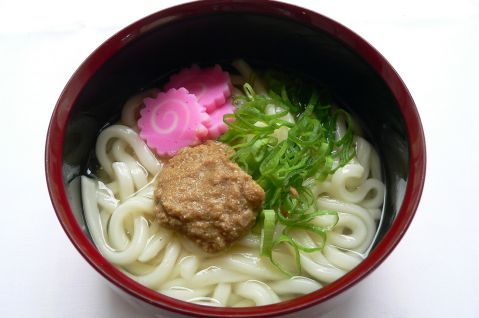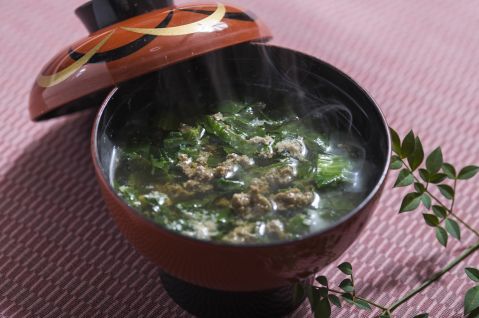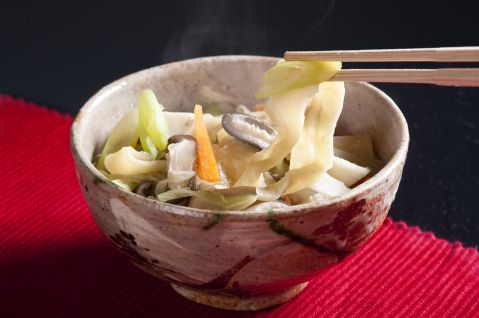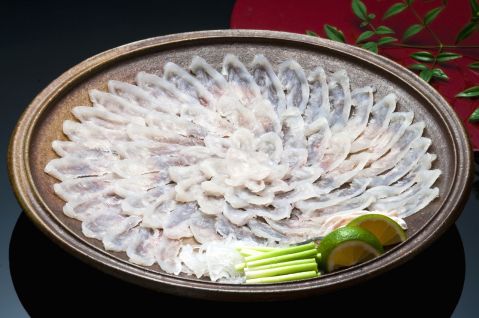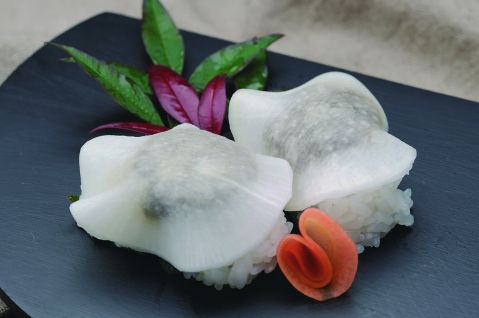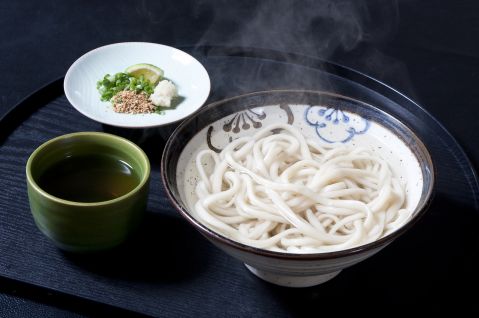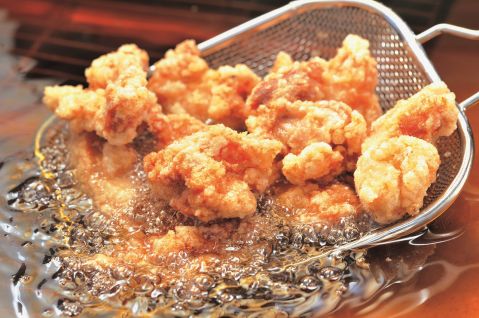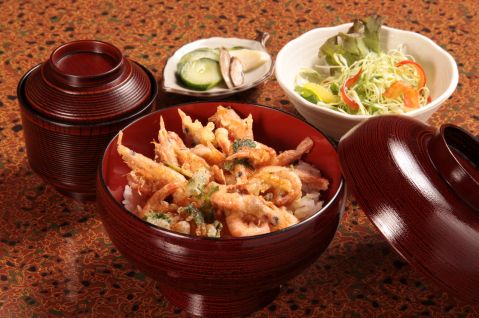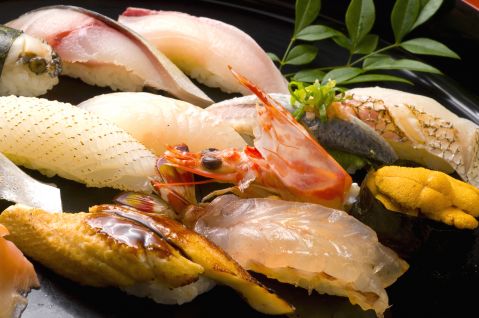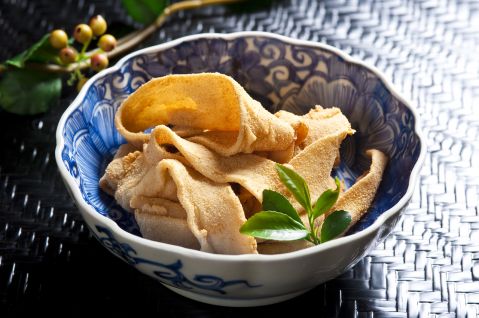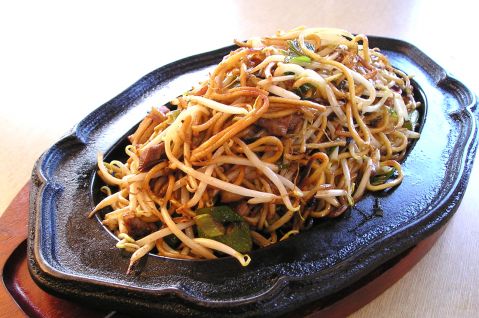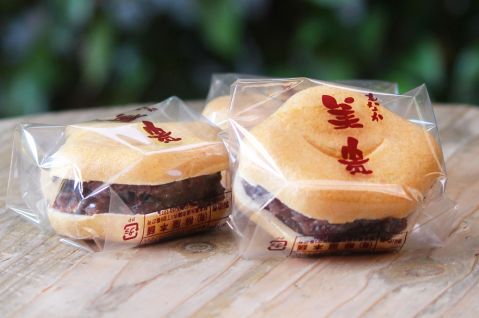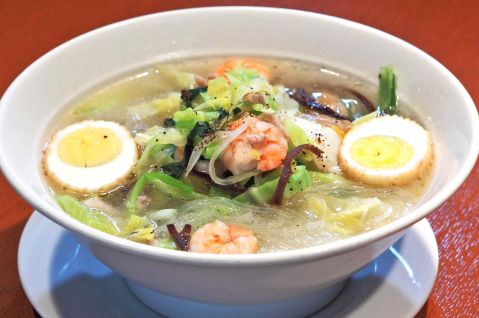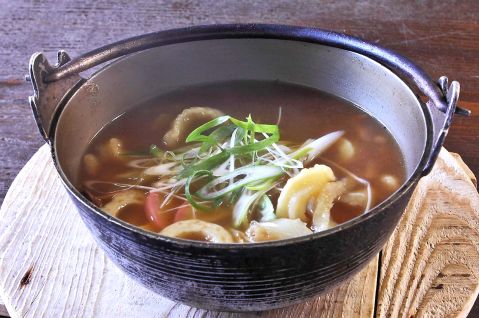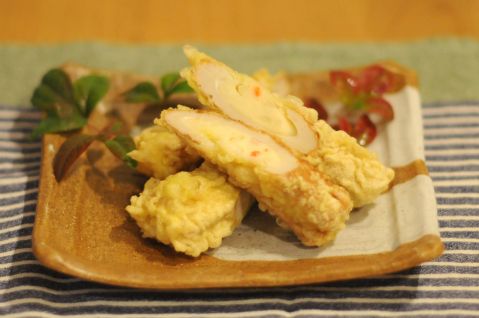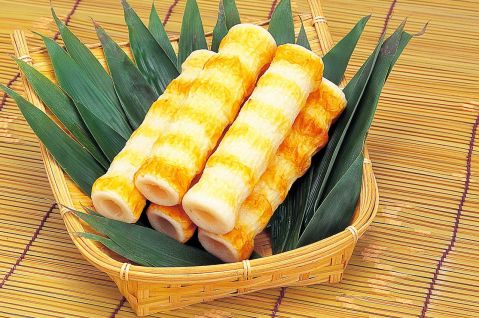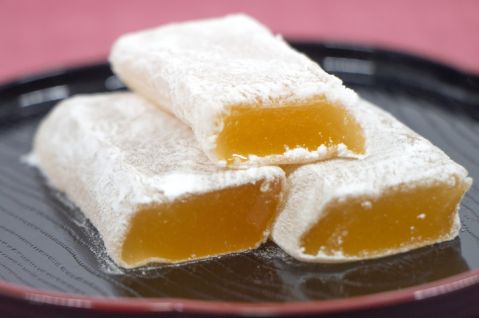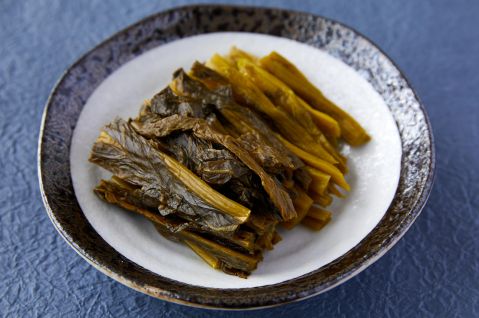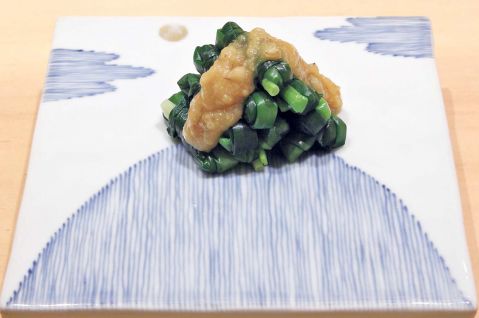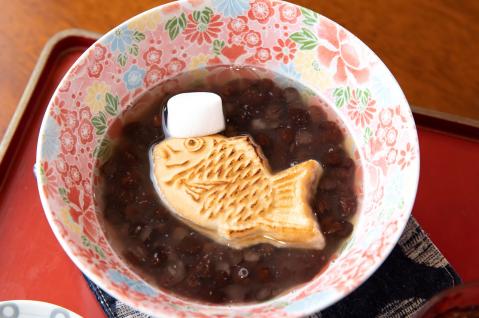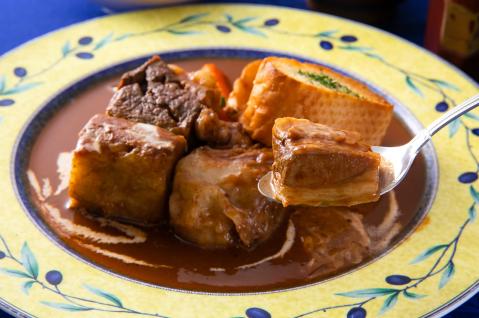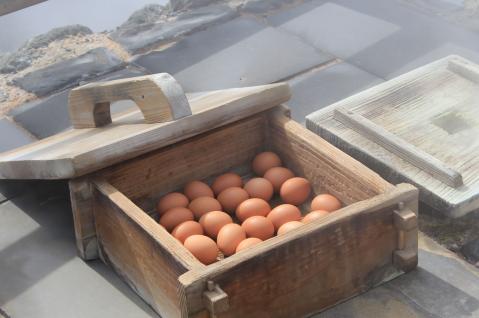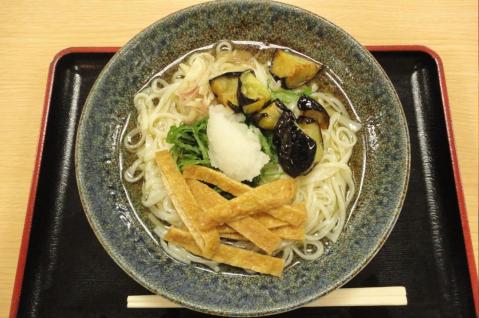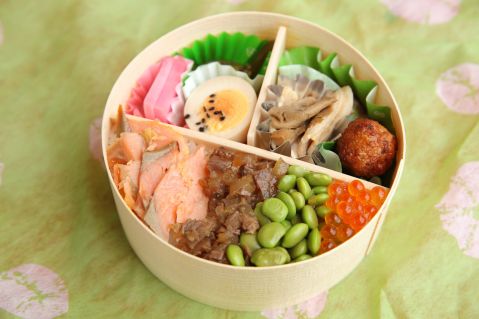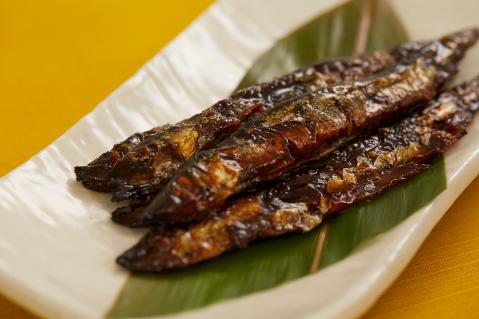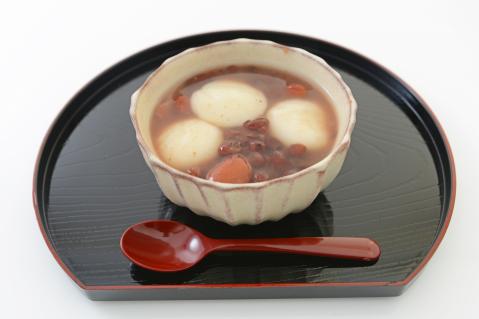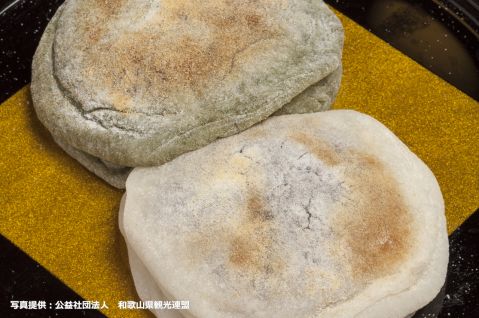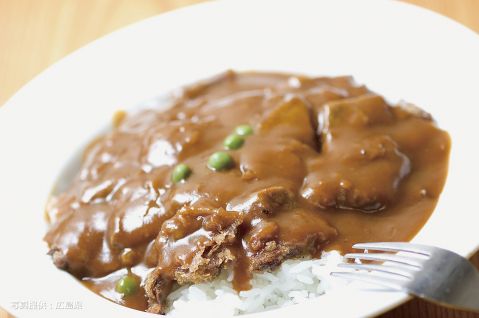New Articles
Gomadashi Udon
Gomadashi Udon (ごまだしうどん, Gomadashi udon) features a special seasoning called "Gomadashi," a local specialty from Saiki City, Oita Prefecture. Gomadashi is a flavorful ...
Gan-jiru (Crab Soup)
Gan-jiru (がん汁) is a traditional local dish from Usa, crafted using river crabs (commonly known as mokuzugani or zugani) caught in the rivers flowing through the Usa Plain fro...
Dango-jiru
Dango-jiru (だんご汁) is a classic dish from Oita Prefecture made with hand-kneaded wheat flour dough stretched into wide, ribbon-like pieces. These flavorful noodles are simmer...
Yukinko Sushi
Yukinko Sushi (雪ん子寿し) offers a delightful combination of textures and flavors unique to Oita Prefecture. The crisp radish pairs beautifully with the tender, thick slices...
Hochou
Hochou (鮑腸, Hochou) is a unique dish almost lost to history. It features a single, hand-stretched wheat noodle reaching an impressive 2 meters in length. The noodle is boiled ...
Usa Karaage
Usa Karaage (宇佐からあげ) is a beloved fried chicken delicacy from Oita Prefecture, where chicken consumption per capita is among the highest in Japan. Particularly in Usa City...
Misaki Kakiage Donburi
Misaki Kakiage Donburi (岬かき揚げ丼) is a specialty rice bowl featuring crispy fritters made with 100% freshly caught small shrimp (jakoebi) from the Buzen Sea. Establishments ...
Saiki Sushi
Saiki Sushi (佐伯寿司, Saiki sushi) is a true testament to the natural bounty of the Bungo Channel, a renowned fishing area shaped by its intricate ria coastline. Here, warm Kur...
Yaseuma
Yaseuma (やせうま) is a local specialty of Oita Prefecture made by boiling flattened wheat flour dough and coating it with a mixture of roasted soybean flour (kinako) and sugar....
Hita Yakisoba
Hita Yakisoba (日田やきそば, Hita yakisoba) is a local specialty from Hita City in Oita Prefecture. Freshly boiled noodles are pan-fried until perfectly crispy, just before r...
Miki Monaka
Miki Monaka (美貴もなか) features a light and crisp outer shell filled generously with sweet red bean paste made from premium adzuki beans. The filling has just the right amount...
Fried Pork Trotters
Fried Pork Trotters (揚げ豚足, Age Buta Ashi) are carefully prepared and then deep-fried to golden perfection before being served with a refreshing dipping sauce of soy sauce an...
Taiping Yan
Taiping Yan (太平燕, Taiping yan) is a Japanese adaptation of a traditional dish from Fujian Province in China. This comforting noodle dish features a flavorful chicken broth...
Chikuwa Salad
Chikuwa Salad (サラダちくわ, Sarada Chikuwa) is a delightful dish where potato salad is tightly packed into the hollow center of chikuwa (fish cake) and then lightly fried to go...
Hinagu Chikuwa
Hinagu Chikuwa (日奈久ちくわ, Hinagu chikuwa) originated in 1883 when fish paste was wrapped around bamboo sticks and grilled while being rotated. The defining quality of Hin...
Chosengame
Chosengame (朝鮮飴, Chosengame) is Kumamoto's oldest and most traditional confectionery. Originally known as "Choseiame" or "Higoame," it earned its current name when Kiyomasa K...
Aso Takana Pickles
Aso Takana (阿蘇高菜, Aso Takana) is a traditional vegetable nurtured by the cool climate and volcanic soil of the Aso region. This mustard green, a variety of the Brassica fami...
Hitomoji Guruguru
Hitomoji Guruguru (一文字ぐるぐる, Hitomoji guruguru) is a unique dish from Kumamoto Prefecture, featuring a local variety of green onions. While commonly referred to as "wakegi...
Nyuko Zenzai
Nyuko Zenzai (入港ぜんざい, Nyuko zenzai) has its roots tracing back to the old Imperial Japanese Navy era. It was said to be a sweet treat symbolizing both gratitude for enduri...
Naval Beef Stew
Naval Beef Stew (海軍さんのビーフシチュー, Kaigun-san no Beef Stew) is a dish rooted in Japan's naval history, famously admired by Heihachiro Togo, the 7th Commander-in-Chief of...
Unzen Jigoku Onsen Tamago
Unzen Jigoku Onsen Tamago (雲仙地獄 温泉たまご, Unzen Jigoku Onsen tamago) are hot spring eggs steamed for 7 to 10 minutes using the natural geothermal steam of Unzen Jigoku, an...
Kind of food
Recommended
-
![Himi Udon]()
Himi Udon
Toyama / >Soba & Udon -
![Mogami River Oshin Bento]()
Mogami River Oshin Bento
Yamagata / >Bento & Onigiri -
![Sweet-Simmered Shishamo]()
Sweet-Simmered Shishamo
Hokkaido / >Seafood -
![Okinawan Zenzai]()
Okinawan Zenzai
Okinawa / >Local cuisine -
![Matsusaka Beef Sukiyaki]()
Matsusaka Beef Sukiyaki
Mie / >Meat dish -
![Yakimochi]()
Yakimochi
Wakayama / >Local cuisine -
![Naval Gourmet]()
Naval Gourmet
Hiroshima / >Local cuisine -
![White Shrimp Tempura]()
White Shrimp Tempura
Toyama / >Tenpura
